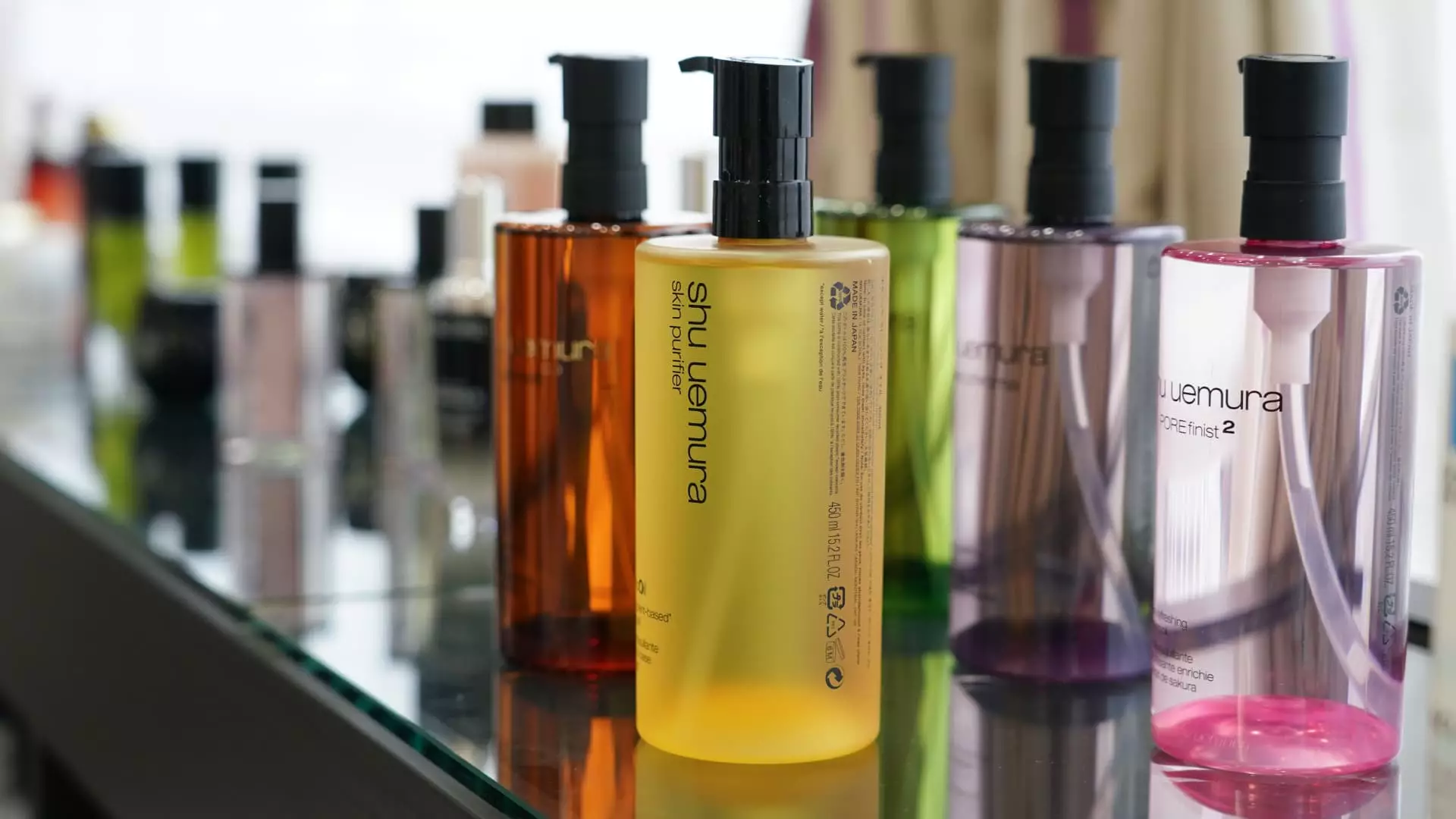The international beauty giant, L’Oreal, experienced a significant drop in shares recently, prompting concerns about the overall health of the luxury beauty industry. The company’s reported lower-than-expected sales and a slowdown in demand in Asia have raised questions about the factors affecting consumer spending and the sustainability of the sector as a whole.
L’Oreal’s fourth-quarter sales fell short of estimates, with only a 2.8% increase to 10.6 billion euros ($11.4 billion). This figure was significantly lower than the anticipated 10.9 billion euros, as predicted by Barclays analysts. The company’s full-year sales for 2023 did show some growth, with a 7.6% increase to 41.18 billion euros ($44.37 billion), but the disappointing quarterly results have raised concerns about the overall trajectory of the company.
One of the key factors contributing to L’Oreal’s underwhelming sales figures is a slowdown in demand in Asia, particularly in North Asia, including China. Sales in this region fell by 6.2% over the three-month period, heavily impacting the company’s overall performance. This trend is concerning, as China has been a significant growth market for luxury beauty brands.
Remaining Ambitious in China
Despite the challenges faced in Asia, L’Oreal’s CEO, Nicolas Hieronimus, remains optimistic about the company’s prospects in China. He stated that the company has strong growth plans for the country in 2024 and beyond, highlighting their ambition and determination to overcome the current slowdown in demand. However, it remains to be seen whether L’Oreal can successfully navigate the complexities of the Chinese market and regain momentum.
L’Oreal’s decline in sales reflects a broader trend in the luxury sector. Macroeconomic and geopolitical conditions have put pressure on consumer spending, particularly in the United States and China. However, some high-end brands have managed to defy these challenges and maintain their appeal to discerning consumers.
Hermes: The Exception to the Rule
While L’Oreal faces difficulties, luxury brand Hermes has managed to thrive in this uncertain climate. Despite rising prices, the company reported a significant surge in sales, with fourth-quarter revenues increasing by 18% at constant exchange rates to 3.36 billion euros. The company’s full-year revenues were also impressive, rising by 21% to 13.42 billion euros. Additionally, Hermes announced plans for an exceptional dividend of 10 euros per share, highlighting their confidence in their continued success.
Hermes’ Executive Chairman, Axel Dumas, attributes the brand’s resilience to its appeal to exclusive and discerning customers. He acknowledged that product prices are likely to rise by an average of 8% to 9% in 2024, indicating the company’s commitment to maintaining its exclusivity in an increasingly “polarized” market. This strategy has proven successful so far, as Hermes’ stock has seen a 13% increase for the year, outperforming competitors such as LVMH and Burberry.
L’Oreal’s recent decline in sales and challenges in the Asian market raise concerns about the overall health of the luxury beauty sector. However, some high-end brands, like Hermes, have managed to overcome these obstacles and maintain their appeal to affluent consumers. This raises the question of what sets certain luxury brands apart and whether others can learn from their success. As the industry continues to evolve, it is crucial for companies to adapt to changing consumer preferences and find innovative ways to stand out in an increasingly competitive market.

Leave a Reply